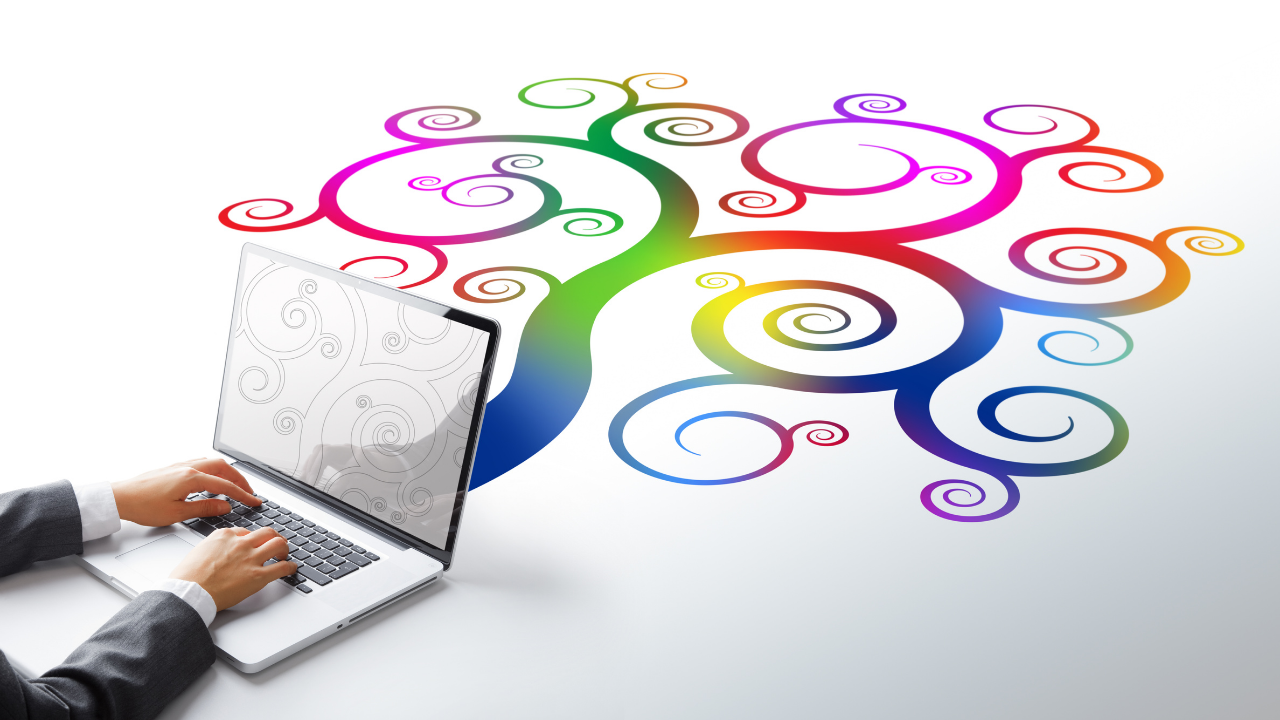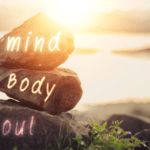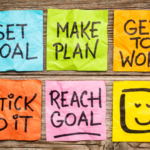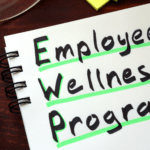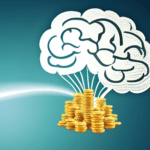
What is Brainstorming – 6 Steps to Develop a Brainstorming Skillset
What is brainstorming can be best understood through reproducible action. Practice these steps methodically to master creative and critical thinking.

When brainstorming encourages wild and crazy ideas; Nonsense often leads to ideas that make perfect sense.” ― Sam Harrison, Creative Zing!
Whether you are trying to find a solution to a problem or get creative with an idea, brainstorming is all about critical thinking. Read on to learn how to apply key brainstorming techniques methodically.
So just what is brainstorming?
Brainstorming is the ability to generate several ideas from an initial concept. It may sound easy, but to get effective results, you must master how to consider different aspects of any given premise or starting point. That means thinking far outside the box. It means considering what sounds crazy, if for nothing else, then to spark off a neural link that leads you to something else that will work.
Brainstorming effectively is creativity in action and the starting point for genius.
It’s a perfect blend of two main approaches – problem-solving with lateral thinking.Developing brainstorming techniques should be an essential aspect of any elite professional’s cognitive tool belt. This is the type of skill that showcases nonlinearity in thinking and makes you standout amongst your peers — particularly in collaborative environments.
And as you practice, you’ll see that it’s not just about the quantity of ideas you can generate, it’s about reproducible quality. That is — are your ideas paving the way to the final solution? And are your ideas executable in practice?
When you practice brainstorming techniques, you’ll quickly discover that they become intrinsic to your decision making process. And when you do it often enough, you’re sure to capture all potential avenues before choosing your course of action.
more benefits of a brainstorming skillset
#1 -Freedom of Thought
To brainstorm effectively, you must cultivate the right mindset and work without fear of criticism or failure. It’s all about being open and giving your ideas without any barriers. It encourages you to have an open collaboration and come up with new ideas that help you solve the problem.
In this way, brainstorming the essence of good leadership. If you can allow yourself to do this — you’re more likely to build and manage teams that excel at it as well.
#2 – Develop an Ideal Solution
The brainstorming skillset is all about generating multiple ideas and refining them further to create an ideal solution. With the help of brainstorming, you now have the capability to think about the different perspectives of the problem and generate a different variety of solutions that may or may not work.
Indeed, brainstorming is essential to developing and maintaining cognitive flexibility — of the 3 key executive success skills. Cognitive flexibility ensures that you’re not operating from bias, limitations, or other subconscious patterns that narrow the scope of possibility.
#3 – Encourage Critical Thinking
Since the brainstorming skillset is used to solve a problem, it encourages you to think critically about the given subject, content, or problem.
Your thought process starts shifting towards skillfully analyzing a situation.
The more you brainstorm, you’ll start thinking critically, every time you are encountered with a problem.

#4 – Spark Individual and Collective Creativity
Sometimes, we think restrictively and refrain from thinking out of the box. It’s not because you don’t have the necessary skillset, but it could be due to the circumstance and the pressure. With brainstorming, you are able to think creatively and give your ideas the required detail and shape. Brainstorming is the perfect blend of problem-solving and lateral thinking.
6 steps to develop your brainstorming skillset
Step 1 — Whether you are brainstorming with a group of people or just yourself, it’s important to start with the problem statement. You must identify what you are trying to accomplish through the brainstorming session. This will help you generate creative ideas pertaining to the concern at hand and find the right solution.
Step 2 — It’s all about the quantity and quality is just secondary. When brainstorming for ideas, you should be able to go wild and crazy with all possible solutions. Remember, there is nothing such as a bad idea. Let your mind wander free to come up with creative solutions to your problem statement.
Step 3— Brainstorming sessions are a judgment-free zone. The verbal and nonverbal judgment of ideas during brainstorming sessions has the power to hinder the whole process.
Step 4— A brainstorming skillset can be used to create larger-than-life ideas. When you are brainstorming with a group of people, you could always take the opportunity to build upon someone else’s idea. Whether you choose to combine a couple of ideas together or enlarge one of them to come up with a brand new idea, it’s all up to you.
Step 5— Set a time limit to create ideas. One of the most popular techniques in brainstorming with a group of people is called 6-3-5. It simply means, in a group of 6, each of you has to come up with 3 ideas, within a given timeframe of 5 minutes. This could help you generate 108 ideas within 30 minutes. Remember, our brain works faster at a maximum capacity.
Step 6— Write your ideas down. If you are brainstorming with a group of people, use a whiteboard and categorize your ideas into different segments. Once done, this will help you eliminate any bad ideas.
CREATING MOMENTUM WITH PRACTICE
Brainstorming is not just about coming up with creative solutions, it is a process to put your brain in a creative frame of mind. With the help of a brainstorming skillset, you open up a different perspective of the problem statement. You start developing a critical thinker mindset that helps you get better at decision-making.
Remember, right there is the key to making it all work. Your implementation — your action. Once you get going, you’ll feel no desire to turn back.
Next steps to consider
Unlock your true potential through our groundbreaking neuroperformance programs, where your secret genius comes to life. In just 12 weeks, experience a comprehensive transformation that touches every aspect of your existence: from career and daily performance to health, wellness, cognitive function, habits, relationships, energy levels, and even personal and spiritual growth. What sets us apart is our unwavering dedication to the brain—the very foundation of all transformative endeavors.
Genius knows no bounds and comes in various forms, and our program is designed to help you tap into your individual brilliance by fostering learning, knowledge, and profound personal evolution. Discover the incredible journey that awaits you by exploring our programs.
Join our Alive Mindful Optimist Newsletter
Receive our Modern Day Stress Warrior Series & Mindfulness handouts as our gift to you.



